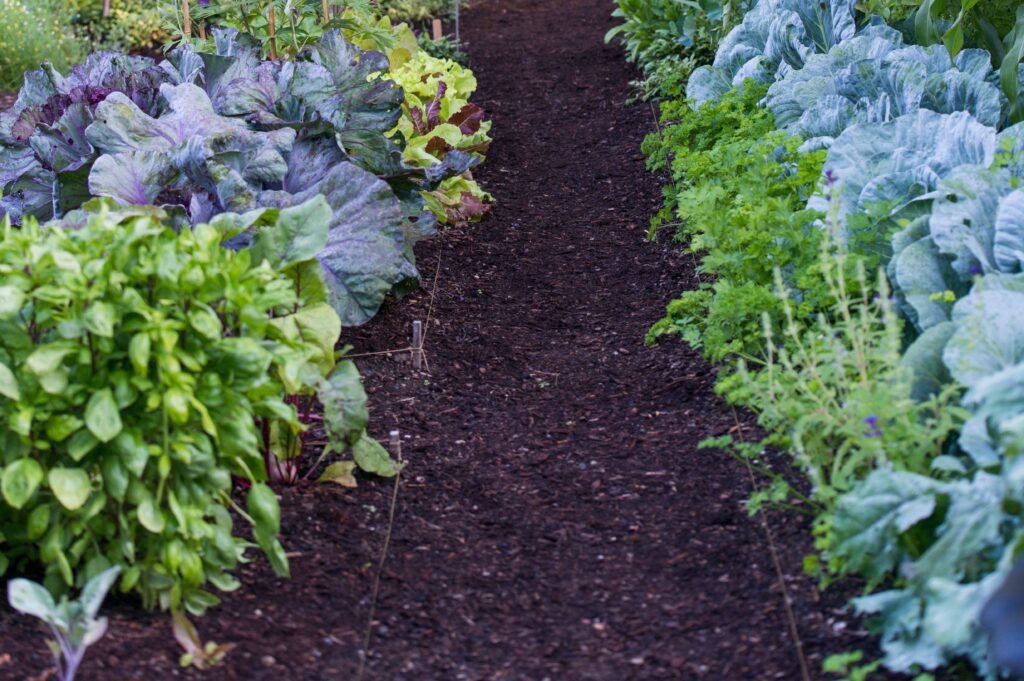Raising Soil pH: A Comprehensive Guide
Soil pH plays a crucial role in plant health, influencing nutrient availability and overall soil ecosystem. While the optimum pH range for most plants lies between 6.0 and 7.0, many gardeners grapple with the challenge of overly acidic soil. This article will explore effective methods for raising soil pH, maintaining optimal conditions, and ensuring your garden thrives.
Understanding Soil pH
Soil pH is measured on a scale from 0 to 14, with values below 7 indicating acidity and values above 7 signifying alkalinity. An excessively low pH can hinder nutrient uptake, leading to deficiencies in vital minerals like magnesium, potassium, and calcium. Moreover, high acidity can adversely affect beneficial microbial populations, detrimentally impacting soil health. Additionally, too much acidity may result in the accumulation of harmful substances, making conditions toxic for plants.
When to Consider Raising Soil pH
Certain soil types, such as sandy or granite-heavy soils, are predisposed to higher acidity. Conversely, clay soils rich in limestone or shale tend to be more alkaline. Environmental factors like acid rain and ongoing use of synthetic fertilizers can further alter pH levels over time. To determine whether your garden requires pH adjustments, perform regular soil tests—ideally, every three years—and research the pH preferences of the plants you wish to cultivate.
If you are growing acid-loving plants like blueberries, maintaining lower pH levels may be acceptable. However, for plants that prefer alkaline conditions—such as lilacs, asparagus, and lavender—it’s critical to recognize signs of pH imbalance including:
- Stunted growth
- Poor yield
- Yellowing or browning leaves
- Blossom end rot in fruiting plants
- Scorched leaves with discoloration on the edges
Effective Methods for Increasing Soil Alkalinity
Before making any changes to your soil, it’s essential to conduct a soil test to tailor your amendment strategy effectively. Here are several natural options for raising soil pH:
Lime Application
Lime is the most widely used method for enhancing soil alkalinity. The two primary types are:
- Calcitic Lime: Also known as garden lime or agricultural lime, this consists of ground limestone and is the most common choice for gardens.
- Dolomitic Lime: This variant contains magnesium and is suitable for organic gardens, but it should only be applied if there is a confirmed deficiency in magnesium.
- Quicklime: It is generally considered unsafe for gardening and should be avoided.
Wood Ash
Utilizing ashes from untreated wood fireplaces or fire pits can be an effective, cost-free method for increasing soil pH and supplying nutrients such as calcium and potassium. It works faster than lime but requires more frequent applications due to its transient impact on soil health. Avoid ashes from treated wood or materials containing harmful chemicals.
Compost Addition
Incorporating compost is a less aggressive method to slightly raise soil pH while simultaneously improving soil structure and nutrient content. Adding a 2- to 3-inch layer of compost can help buffer acidity levels effectively.
Other Sources
Materials like crushed oyster shells, clamshells, and finely ground eggshells can enrich soils with calcium carbonate, promoting alkalinity. However, these options generally require fine crushing for effectiveness and may need regular reapplication due to their rapid leaching from the soil.
Application Guidelines for Soil Alkalizers
When introducing soil amendments, it’s vital to follow manufacturer instructions and prioritize safety measures. Here are key points for effective application:
- Conduct a soil test to determine your specific needs.
- Spread the alkalizing agent evenly over the soil, whether by hand or using a broadcast spreader.
- Work the product into the top 6 inches of soil using a rake or tiller and thoroughly water the area.
- Re-test the soil pH after a few months; additional applications may be required to achieve your target pH levels.
- Consider gradual adjustments to prevent plant stress caused by sudden pH shifts.
- Time your applications—lime is best added in the fall or winter to prepare for spring planting.
Frequently Asked Questions
Will baking soda raise pH in soil?
No, baking soda is not suitable for raising soil pH due to its saline properties which may negatively affect plant health.
Can Epsom salt alter soil pH?
Epsom salt is beneficial for adding magnesium but does not significantly influence soil pH.
What is the most rapid method to increase soil pH?
Using finely ground calcitic or dolomitic lime is the quickest way to raise soil pH effectively.
By implementing these strategies and maintaining an awareness of your soil health, you can create a thriving garden environment conducive to a wide variety of plants. Regular testing and mindful application of soil amendments will ensure that your plants have the optimal conditions to flourish.


